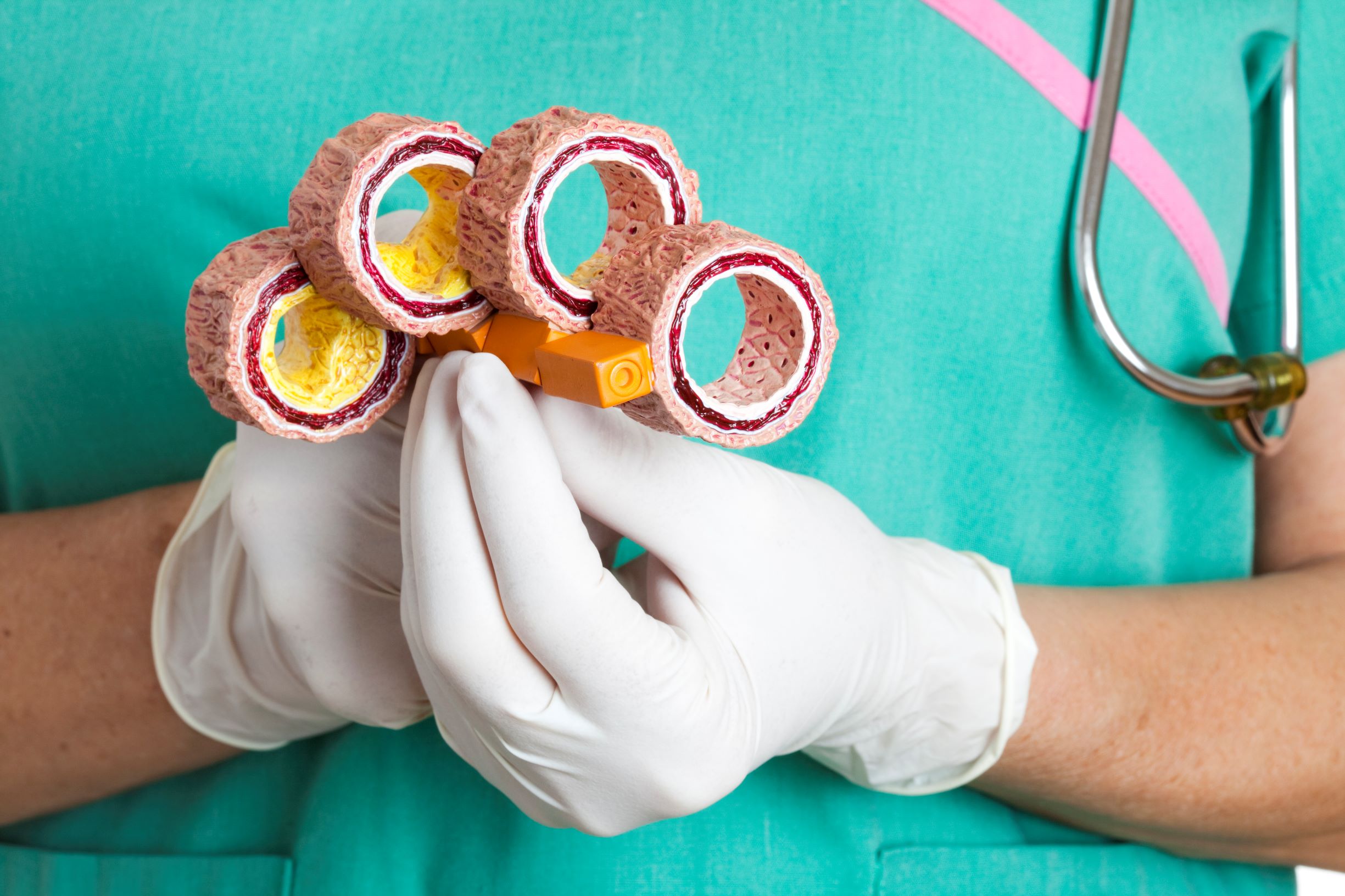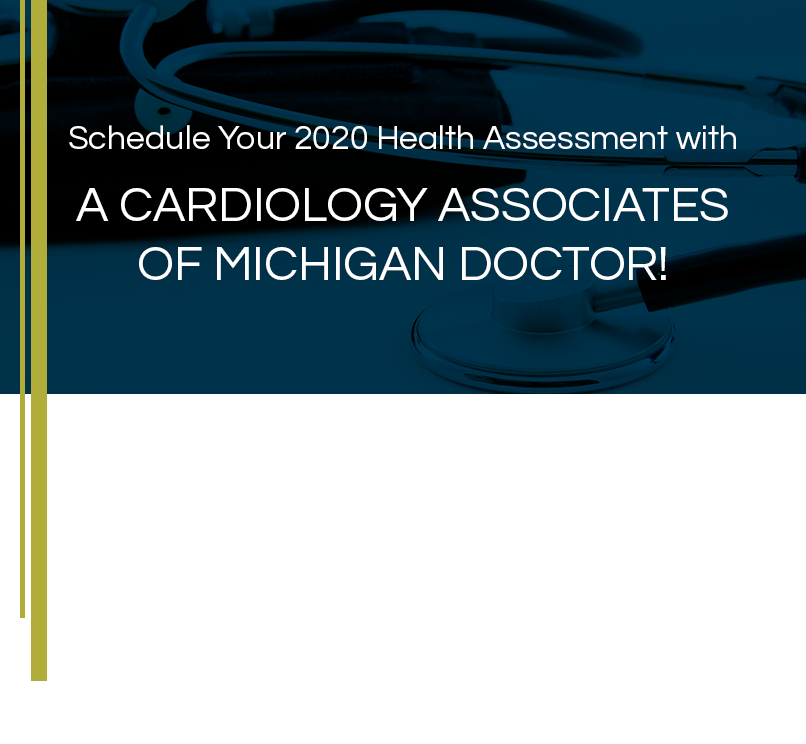The Good, the Bad, and the In-Between: New Study Shows Cholesterol in Youths May Be Indicator of Future Heart Disease
The link between cholesterol and heart disease has been well-known for many years, but a recent study reinforces the idea that youths who have bad high cholesterol levels may be at risk for heart disease in the future.
Funded by the EU Framework Programme, UK Medical Research Council, and German Centre for Cardiovascular Research, the study followed approximately 400,000 people in 19 countries from 1970 to 2013. It found a link between bad cholesterol levels in people under the age of 45 and the risk of heart disease and stroke.
While many people hear about “bad cholesterol” and “good cholesterol” from their acquaintances and the media, the factors surrounding both are not always clear. Understanding the difference between the types of cholesterol could help control the levels in youths before the issue becomes a problem later in life.
HDL and LDL: Good and Bad Cholesterol Defined
Before we begin examining the difference between good and bad cholesterol, let’s start at square one by defining what cholesterol is.
Cholesterol is a waxy, fat-like substance that travels through the blood in carrier vehicles called lipoproteins. Cholesterol is in some foods we eat and is also made by the liver. It serves a variety of functions, including:
- Creating the outer coating of our cells
- Aiding in making vitamin D
- Aiding in making certain hormones
Think of the two main types of cholesterol as substances that constantly battle each other. The bad cholesterol wants to stay put and possibly damage your arteries, but the good cholesterol continually shoves it out of the way to protect you.
Bad Cholesterol: Low-Density Lipoprotein (LDL)
What’s known as “bad cholesterol” in the general public is actually low-density lipoprotein, or LDL. It makes up most of your body’s cholesterol.
A high level of LDL is what raises your risk for heart disease. Too much cholesterol in the blood can build up inside arteries, forming what is known as plaque. Large amounts of plaque increase your chances of having a heart attack or stroke.
Elevated levels of LDL can:
- Cause irritation or swelling of the artery walls
- Promote the formation of blood clots
- Reduce or block the flow of blood through the arteries
Good Cholesterol: High-Density Lipoprotein (HDL)
What’s known as “good cholesterol” is high-density lipoprotein, or HDL.
It absorbs – or binds with – cholesterol/fat within the bloodstream and carries it back to the liver. The liver then flushes it from the body. High levels of HDL cholesterol can therefore lower your risk for heart disease and stroke.

Too much cholesterol in the blood can build up inside arteries, forming what is known as plaque.
How Triglycerides Factor into the Equation
Triglycerides are a type of fat found in your blood. Your body uses them to store energy and give energy to muscles, so some triglycerides are required for good health. However, only small amounts of triglycerides are found in the blood. High triglyceride levels along with a high LDL cholesterol level might raise your risk of heart disease more than having only a high LDL cholesterol level would.
High triglycerides could also be a sign of metabolic syndrome. Metabolic syndrome is the combination of high blood pressure, high blood sugar, too much fat around the waist, low HDL cholesterol, and high triglycerides. Metabolic syndrome increases your risk for heart disease, diabetes, and stroke.
Very Low-Density Lipoprotein (VLDL)
A lesser-known piece of the puzzle that should be mentioned is VLDL, which stands for very low-density lipoprotein. It’s also a type of “bad cholesterol.”
It contains very little protein, and its main purpose is to distribute the triglyceride produced by your liver. A high VLDL cholesterol level can cause the buildup of cholesterol in your arteries and increases your risk of heart disease and stroke.
Controlling Cholesterol and Triglyceride Levels
A blood test that measures your cholesterol also measures triglycerides. Although a variety of factors are involved in any health measurement, following is a general scale for triglyceride numbers.
- Normal is less than 150.
- Borderline high is 150 to 199.
- High is 200 to 499.
- Very high is 500 or higher.
If you are concerned about your cholesterol levels or that of your children or other young adults you may know, schedule an appointment to speak with one of our cardiologists. We can complete a variety of tests and also provide general guidance regarding improving or maintaining heart health in order to prevent cardiovascular disease in the future.

Monitoring good cholesterol levels and bad cholesterol levels, as well as checking your blood pressure, is a way to be proactive in maintaining your heart health.
10 Ways to Lower Bad Cholesterol
Making lifestyle changes and following the advice of a health care professional can help you lower LDL and triglyceride levels. The following have been shown to reduce these levels:
- Follow a heart-healthy diet such as the Mediterranean Diet.
- Exercise regularly. Aim to complete 30 minutes of moderate intensity activity at least five times a week, even if it’s simply a brisk walk. (Consult with your doctor before beginning any exercise regimen, especially if you have cardiovascular disease or other heart-related health risks.)
- Maintain a healthy weight and lose any extra pounds.
- Don’t smoke, and stay away from secondhand smoke.
- Read and understand food labels before making purchases.
- Avoid full-fat dairy products, processed foods, and foods high in sodium and preservatives.
- Swap out butter or margarine for healthier alternatives, such as olive oil or avocados.
- Keep a food diary.
- Seek the assistance of a dietitian or nutritionist to plan meals and formulate cholesterol-lowering strategies that are appropriate for you.
- Limit alcohol consumption, as too much alcohol can raise triglyceride levels and blood pressure.




